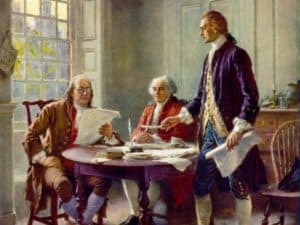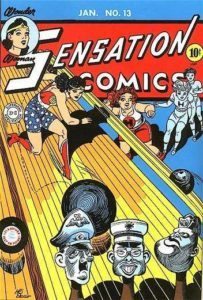
I have had so much fun creating this textbook chapter! It is always exciting for learners – whether they are teachers or students – when you can learn about something you are passionate about. For me, one such topic is the history of space travel.
I used the Document Based Learning approach to build the flow of this lesson, and I was pleased with the outcome. The DBL style lends itself to using images and film, in addition to text, as primary source documents. I like using multiple sources of media to engage students in learning and opening up their interest to a new subject.
The most difficult part of this project was formulating the essential question. I wanted to create a question that could guide this lesson while sharing with students what I find so magical about space exploration – how far our collective imaginative and innovative power has taken us. I am so inspired thinking about the fact that people have walked on the moon, that since 1998 astronauts from various countries have lived together on the International Space Station.
I hope any readers out there have enjoyed looking through time and space with this lesson!
Photo Source: NASA on the Commons, Click here.



